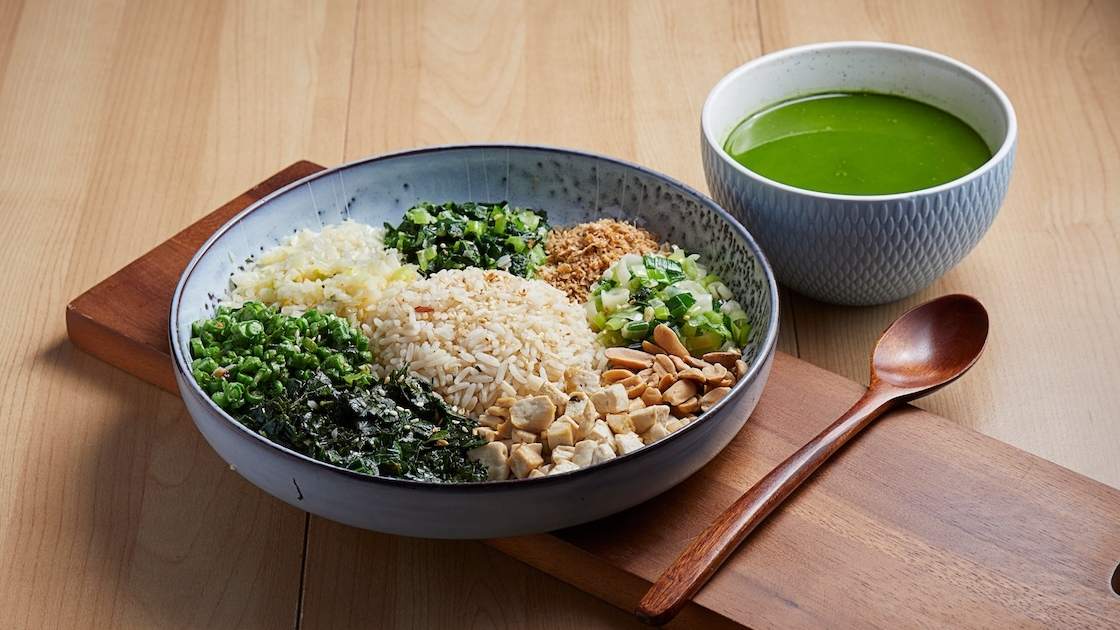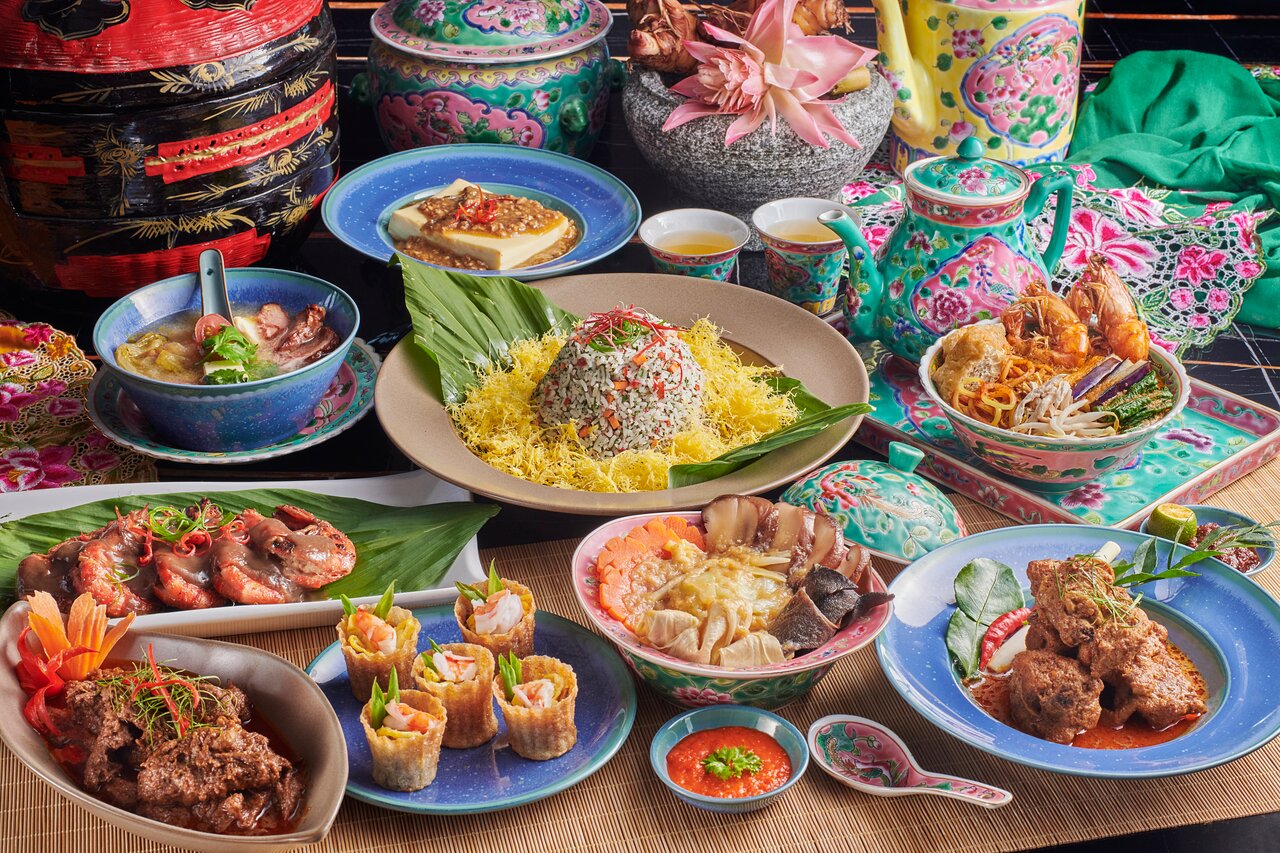English speakers tend to use the term “dumpling” as an all-inclusive, generic term for “deliciousness wrapped up in a doughy exterior.” In China, however, a wide array of dumplings can be eaten in different ways, in different regions, and at different times of year — so much so that the term “dumpling” is almost meaningless on its own. Here we break down some of the different types of dumplings — soup to rice — so you can flex on your next dim sum or xiaolongbao outing.
First things first: dumplings aren’t just a Chinese food staple — for many people, dumplings are a cornerstone of their identity.
Most dumpling types are closely associated with a region of China — even sometimes a single city or town — and tend to inspire a passionate following among locals from that area.
In general, though, dumplings can be roughly divided into two categories based on their shapes: round dumplings, and long, strip-like dumplings.
Round dumplings include buns (包子 baozi), steamed buns (馒头 mantou), hua juan (花卷), xiaolongbao (小笼包), soup dumplings (汤包 tangbao), and shaomai (烧卖 or siu mai in Cantonese). See what we mean about so many types?
Meanwhile ones that are long and strip-like include wontons and shrimp dumplings (虾饺 xiajiao or har gow in Cantonese). Rice dumplings are in a category of their own, which we’ll get to later.
Related:
 Mian’splained: An Illustrated Guide to Chinese Noodles, Part OneFrom flour to rice, savor our primer on some of the most popular types of Chinese noodlesArticle Apr 09, 2020
Mian’splained: An Illustrated Guide to Chinese Noodles, Part OneFrom flour to rice, savor our primer on some of the most popular types of Chinese noodlesArticle Apr 09, 2020
Buns 包子
Buns (also known as baozi, 包子) might be the most common dumpling type in China. These buns are a common sight at grab-and-go eateries and convenience store counters in China, as people tend to eat them at breakfast. The city of Tianjin in northern China is closely associated with this type of dumpling, partly because China’s oldest baozi brand, Gobuli (狗不理) was founded there. Meanwhile a fried variety native to Shanghai, shengjian bao (生煎包), is so enduringly popular it’s been spun off into cosmetic face masks.
Steamed Buns 馒头

You can think of steamed buns (or mantou, 馒头) as baozi without filling. These are mainly made of flour and are commonly considered street food, especially in northern China. Instead of fillings, people usually eat them dipped or smothered in spices and sauces, like soy milk and preserved bean curd.
Huajuan 花卷

Huajuan and steamed buns are close cousins, but huajuan are considered more special for the “flower” shape that gives them their name. They are often eaten plain, since they tend to be on the sweeter side and/or are sprinkled with green onion.
Xiaolongbao 小笼包

Soup-filled xiaolongbao (小笼包) are said to have originated from the Jiangnan (south of the Yangtze) region way back in the Qing dynasty. Though several dumpling chains claim to be the “originator” of xiaolongbao, there’s no dispute that this variety is considered synonymous with Shanghai. Together with baozi, these are one of the most prevalent types of dumpling outside the Chinese mainland, popularized through restaurant chains such as Taiwanese brand Din Tai Fung.
Related:
 Chinese Takeout: Who Makes China’s Most Sought-After Dumplings?The xiaolongbao dumpling dominates Shanghai eating, and one brand dominates xiaolongbao in ShanghaiArticle Mar 22, 2019
Chinese Takeout: Who Makes China’s Most Sought-After Dumplings?The xiaolongbao dumpling dominates Shanghai eating, and one brand dominates xiaolongbao in ShanghaiArticle Mar 22, 2019
Soup Dumplings 灌汤包

This soup dumpling (guan tangbao) is actually a bigger-sized version of xiaolongbao. The difference between these two are xiaolongbao has pleats on the surface, while soup dumplings don’t. People from southeast China usually add crab meat to make them more of a delicacy and you commonly find them on the breakfast table for people in that area.
Tangyuan 汤圆

Soft and sticky tangyuan are commonly eaten during Lantern Festival in spring. Fillings range from sweet — such as red bean and black sesame — to savory, like pork. These days, some makers have “modernized” them with fruits like mango, strawberry, and even durian.
Related:
 Chinese Takeout: The Last Days of TangyuanAs bulldozers descend on Shanghai’s Laoximen area, a couple carries on serving rare artisinal tangyuanArticle Feb 19, 2019
Chinese Takeout: The Last Days of TangyuanAs bulldozers descend on Shanghai’s Laoximen area, a couple carries on serving rare artisinal tangyuanArticle Feb 19, 2019
Jiaozi 饺子

These dumplings are a perennial favorite of northern Chinese people. They have a variety of fillings such as pork, corn, and carrot. People often eat these dumplings during the Winter Solstice (冬至 Dongzhi), which is also traditionally a time of family reunion.
Related:
 Holidays, History, and Dumplings with a Hui Muslim FamilyArticle Apr 22, 2018
Holidays, History, and Dumplings with a Hui Muslim FamilyArticle Apr 22, 2018
Wonton 馄饨

Wontons are hugely popular in southern China. These parcels come submerged in soup, and are usually smaller than other types of dumplings. When the wonton is well-cooked, it will appear translucent, so you can tell what’s inside before even taking a bite. There are also a number of different varieties, including fried wontons and miniature in-soup versions native to Fujian, known as bianrou (扁肉).
Related:
 Chinese Takeout: War of the WontonsWhile two warring wonton brands battle it out in court for the same name, we sat down and tried them bothArticle Jun 20, 2019
Chinese Takeout: War of the WontonsWhile two warring wonton brands battle it out in court for the same name, we sat down and tried them bothArticle Jun 20, 2019
Pot Sticker 煎饺

Pot stickers are essentially a fried version of jiaozi, and are the closest thing in Chinese cuisine to Japanese gyoza and similar varieties found in other parts of Asia. Legend has it that they came to be after a court chef accidentally let the bottoms of jiaozi he was making burn — a pretty delicious mistake.
Siu Mai 烧卖

To talk about dumplings in the Cantonese-speaking regions of China, one must first talk about dim sum. The phrase in Cantonese can be loosely translated to “touching the heart,” and the heart of that “heart” is definitely siu mai. People in China’s southeastern region often eat them with glutinous rice or vegetable fillings, while people in Guangdong province tend to enjoy them with pork inside.
Shrimp Dumplings 虾饺

Shrimp dumplings, or har gow (虾饺 xia jiao in Mandarin) are another dim sum staple in the south of China. The first shrimp dumpling was purportedly invented in Guangzhou in the early 20th century, which makes this type of dumpling only about a hundred years old. Traditional shrimp dumplings are half-moon-shaped, with twelve pleats, and are considered by many to be the hallmark of a stellar Cantonese chef.
Related:
 Chinese Takeout: The Chef Who Gave Up Serving Presidents to Bring Dim Sum to the PeopleSome say har gow, a popular type of dim sum dumpling, are the truest sign of a Cantonese chef who’s worth his salt – and this one’s cooked for George H.W. Bush and Queen Elizabeth IIArticle Jul 04, 2019
Chinese Takeout: The Chef Who Gave Up Serving Presidents to Bring Dim Sum to the PeopleSome say har gow, a popular type of dim sum dumpling, are the truest sign of a Cantonese chef who’s worth his salt – and this one’s cooked for George H.W. Bush and Queen Elizabeth IIArticle Jul 04, 2019
Rice Dumpling 粽子

People all over China typically eat pyramid-shaped rice dumplings (粽子 zongzi) wrapped in bamboo leaves during holidays such as the Dragon Boat Festival. Much like Tianjin is for baozi, Jiaxing in Zhejiang province is famous countrywide for zongzi, and is home to one of its most famous manufacturers, Wufangzhai (五芳斋). Today parents also like to make rice dumplings for their children before important exams, because the “zong” in zongzi is a homophone of “zhong” (中), which in Chinese means to “get good grades.”
Related:
 Chinese Takeout: Dragon Boat Bites by the Riverside in ZhujiajiaoThis dumpling’s popularity is as much tied to myth and memory as it is to sating local tastesArticle Jun 06, 2019
Chinese Takeout: Dragon Boat Bites by the Riverside in ZhujiajiaoThis dumpling’s popularity is as much tied to myth and memory as it is to sating local tastesArticle Jun 06, 2019
All illustrations: Shi Yue
















